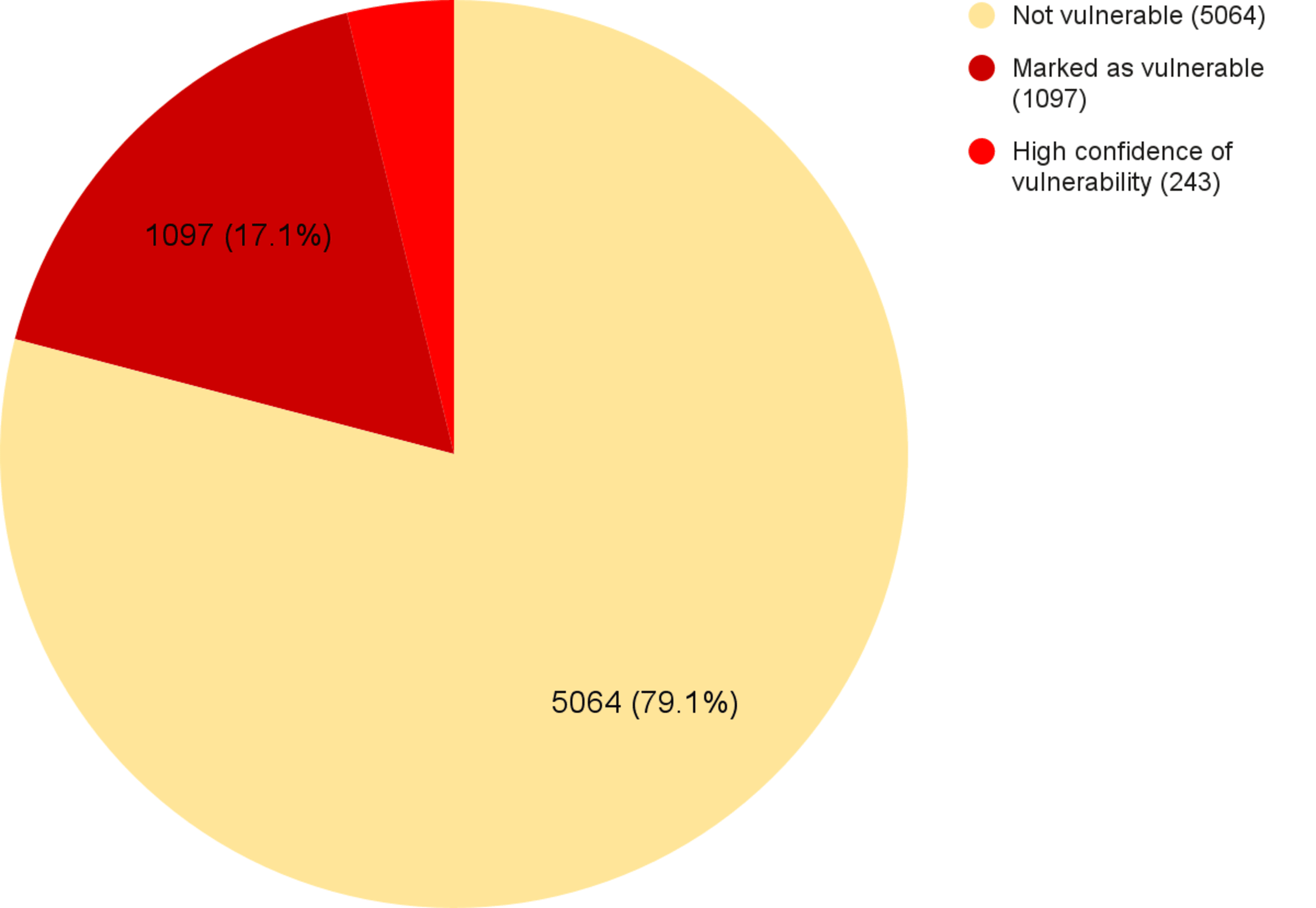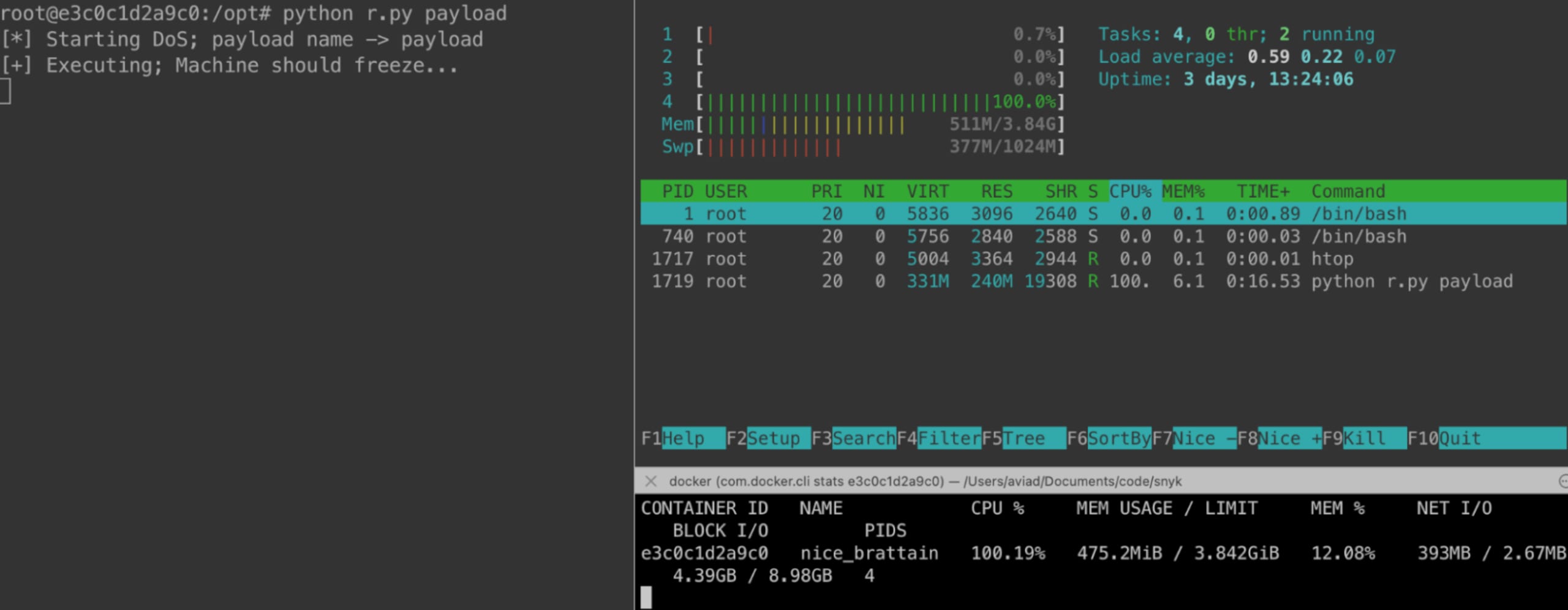Under the C: A glance at C/C++ vulnerabilities in Python land
Aviad Hahami
April 28, 2022
0 mins readWhile most developers — myself included — primarily write in higher-level languages like Python or JavaScript, sometimes you need to add in native elements to improve performance or other project aspects. Since these native extension invocations are typically written in C or C++, suddenly a project primarily using JavaScript or Python must also account for potential C/C++ transient dependencies.
In May 2021, Snyk acquired FossID, which specializes in detecting licenses and vulnerabilities in the C and C++ open-source ecosystem. FossID was then integrated into the Snyk CLI, giving it the ability to scan C and C++ dependencies.
As a member of Snyk’s security team, I researched the results of Snyk C file scans in npm and PyPI projects leading to some interesting — and potentially scary — discoveries.
In this post, we'll discuss the benefits that lead developers to include native C and C++ extensions in their high-level language projects. Then, we'll use Python and the PyPI registry to detect hidden C-related vulnerabilities in higher-level language projects and reveal how low-level vulnerabilities can impact seemingly safe higher-level code.
Why include C/C++ files in a high-level language project?
Using C files in a high-level language context may not always be straightforward, but there are many good reasons to include C code in your app.
Runtime and performance
Consider an interpreted language like Python. Every time we execute a Python program, we must parse and interpret the code before running it. By introducing C into the mix, Cython — a superset of Python and C — gives us the option to transpile the Python code to C code for later compilation and faster runtime.
Hardware, resources, and memory management
At times, we will code a program that requires “heavy” computational processing and interacts with special hardware. For example, graphic engines or cryptocurrency-related software that may interact with the GPU. We must also consider real-time components which might have limited resources. These cases are sensitive to non-deterministic operations like garbage collection, and require deterministic memory-handling — making C our go-to language.
Lemmas and hypothesis
Our research hypothesis is the following:
Lemmas:
There are plenty of good reasons for one to include C/C++ files in high-level languages source code and runtime environments.
There is no ubiquitous package management system for C/C++ files.
Hypothesis:
If we look into high-level language packages integrating C files, we’ll be able to find C or originated-in-C vulnerabilities in that package.
To test our hypothesis, we’ve selected Python and the PyPI ecosystem as the first candidate and our feasibility canary.
The PyPI registry: C in Python
At the time of this writing, there are roughly ~367,755libraries publicly accessible on PyPI.
Our initial scan was aimed at finding all the packages (and their versions), that contain C files.
We found ~6,200 libraries containing at least one C file — roughly ~1.7% of the whole ecosystem.
While this number is small when compared to the entirety of the ecosystem, it’s perfect for our research purposes. A small result set will help us detect and rule out false positives with relative ease.
Criterion 1: Content identity
We first tested the extracted libraries from the previous step for file identity. In this check, we tested every C file in the library to see if any are, or were, vulnerable to the CVEs we’re aware of.
Thanks to the amazing technology by FossID that now a part of the Snyk product, we’re able to track any file to its first occurrence and can tell where a code snippet was originally found.
In executing our first criterion, we found ~64 distinct package versions that include one or more original vulnerable source files**as-is. Expanding this number to non-version distinctiveness, we end up with 143 identical and vulnerable file occurrences**.
Criterion 2: Content similarity
The second criterion we tested for was file similarity. For this study, similarity meant that while the file content may not be identical, the vulnerability-related critical-code is.
Testing for the above (excluding criteria 1) we found ~231 distinct package versions that include one or more known vulnerable snippet(s). Leaving distinctness behind, we found 1931 identical vulnerable snippets.

Crunching the numbers
Consolidating the above numbers, we found ~2,074 occurrences of our criteria in PyPI packages. Since C code is typically applied to more complex engineering tasks, we were not surprised to see low-level related libraries in the result set, such as:
gevent (5.7k)
pycrypto (2.4k)
selectolax (~500)
In the chart below, you can see a breakdown of C-containing Python libraries. This includes a total count (the entirety of the pie chart), what percentage was marked as vulnerable (including non-exploitable or false positives), and what percentage is vulnerable (with very high probability).
C files in Python libraries - state of vulnerability breakdown

Proving the exploitability of library vulnerabilities is neither trivial nor automatic — all reported vulnerabilities must be manually verified. However, to demonstrate that the issue we’re discussing has important real-world implications, the next section will describe a vulnerability and the severity of its exploitation.
20 year old hidden vulnerability - python-libsbml
One of the libraries our tool reported on was python-libsbml, a library for reading, writing, and manipulating the systems biology markup language (SBML). Since this markup language is related to XML, we weren’t surprised to see libxml2 in the project dependencies.
Our tool marked one of the files (parser.c) as vulnerable to the Billion Laughs Attack — a 20 years old DoS vulnerability tracked as CVE-2003-1564. The Billion Laughs attack is pretty simple. All you have to do is generate enough self-referencing entities in an XML document and feed it to the parser.
Here’s our PoC for this vulnerability.
Create the malicious payload and save under payload.xml
Assuming you installed python-libsbml, create the following Python file:
Finally, run the Python file with:
"If you follow the steps correctly, the CPU should increase to 100% and the memory will increase until the machine OOMs (runs out of memory). With that, we’ve executed a DoS attack on the machine.

Though this vulnerability may not create shockwaves in the development community, imagine what would happen if a BoF, UaF, PE/RCE, or any other C code originating vulnerability was found hiding in your Python or NodeJS code. Have you ever checked for those?
This library is downloaded ~20K times a month and is a direct dependency of ~115 public projects. Given that this is a known20 year old vulnerability, an impressive amount of unaware dependents have shipped it to their customers and users.
What’s next?
As we continue to find and disclose vulnerabilities to open source maintainers, we’d like to encourage developers to look for C files in their non-C projects.
Since these C files often lack package managers, they tend to remain as-is (or copy-pasted) for long periods of time and may later be found outdated and vulnerable (hopefully by non-malicious actors).
Sign up for Snyk today and use our new CLI feature to scan for unmanaged C/C++ dependencies in your projects.
Get started in capture the flag
Learn how to solve capture the flag challenges by watching our virtual 101 workshop on demand.
